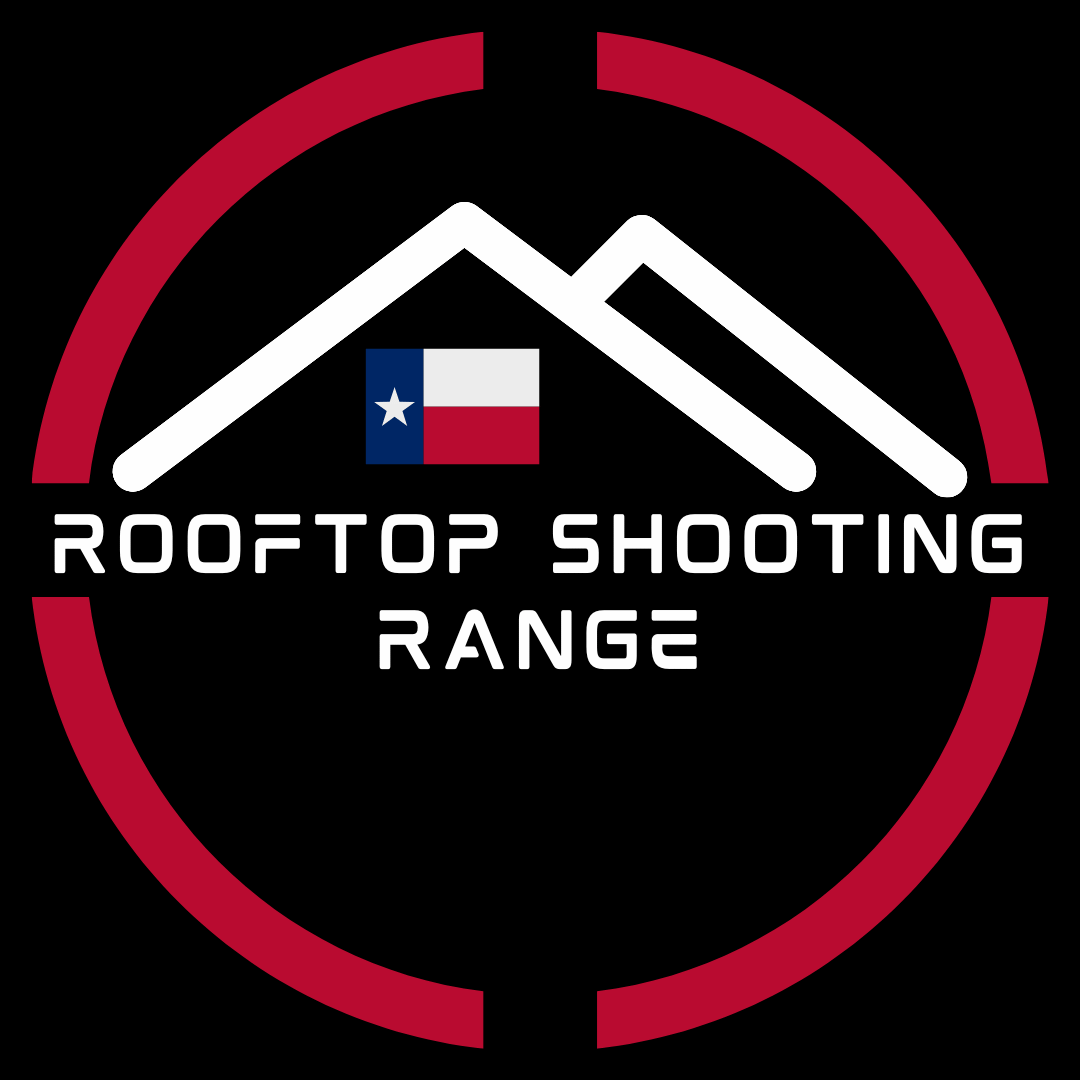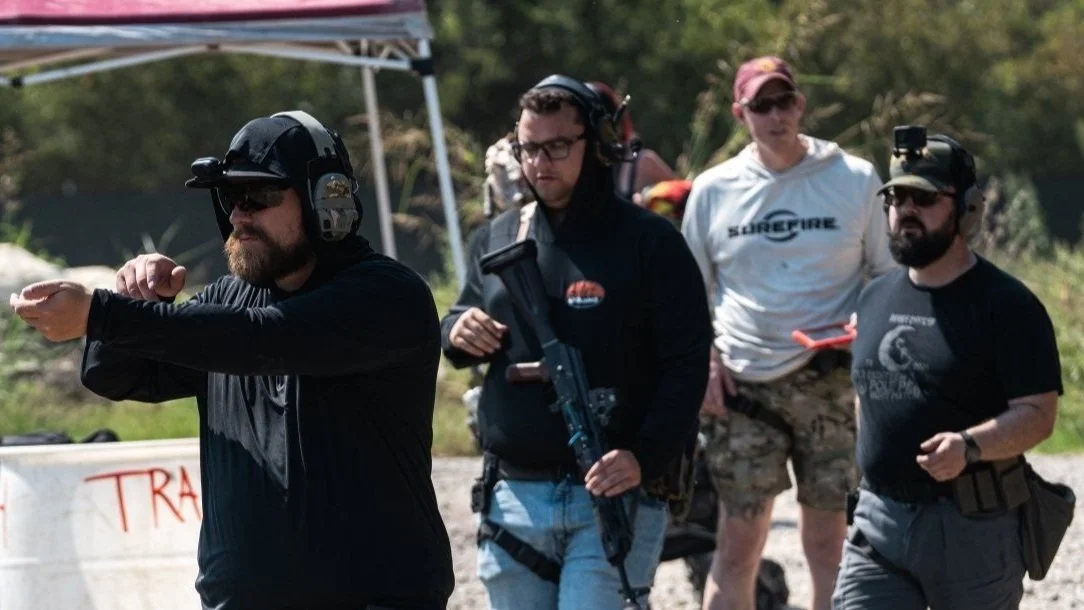Why Every Concealed Carrier Needs Regular Pistol Training?
Carrying a concealed firearm is a significant responsibility. While many people go through the required process of obtaining a concealed carry permit, the journey toward becoming a safe and competent armed citizen doesn’t end there. One of the most overlooked aspects of concealed carry is regular pistol training—an essential habit that separates responsible gun owners from those who merely carry for convenience or confidence without proper preparation.
In this article, we’ll explore the core reasons why ongoing pistol training is critical for anyone who carries a concealed firearm, regardless of their experience level.
Are You Truly Ready to Use Your Firearm Under Pressure?
Simply owning a gun or having a permit to carry one doesn’t mean you’re ready to use it under pressure. Defensive situations often unfold in seconds, and concealed carriers must be prepared to react with speed, control, and sound judgment.
Regular pistol training ensures that:
You can draw your weapon safely and efficiently from concealment.
You maintain control under stress and avoid panic-induced errors.
You can accurately shoot in dynamic and unpredictable scenarios.
Without routine practice, your ability to respond effectively when it matters most could be seriously compromised.
Can You Maintain Your Shooting Skills Over Time?
Shooting is a perishable skill. Even experienced shooters can develop bad habits or lose fine motor skills without consistent training. Regular pistol training reinforces:
Grip, stance, and sight alignment
Trigger discipline
Recoil management
Target transitions
A concealed carrier should practice drawing from their carry position, reloading under pressure, and moving while shooting. These skills need to become second nature, and that only happens with deliberate repetition over time.
How Well Are You Prepared for Realistic Threats?
Defensive shooting differs greatly from target shooting. Real-life incidents may involve moving targets, low-light conditions, obstacles, and multiple attackers. Training in controlled environments is only a starting point.
Advanced pistol training often includes:
Shooting while moving
Drawing from concealment in various body positions
Engaging threats from cover or in tight spaces
Decision-making under pressure
By enrolling in courses or seeking instruction at professional ranges, concealed carriers can simulate real-world conditions, preparing both mentally and physically for high-stress situations.
Are You Making the Right Decisions in High-Stress Moments?
Pistol training isn't just about hitting targets—it's also about knowing when and if to shoot. Carrying a firearm comes with the responsibility of making rapid decisions under stress. In high-quality training sessions, instructors help concealed carriers think critically about:
Use-of-force laws and ethical boundaries
Threat assessment and verbal de-escalation
Avoiding tunnel vision in stressful moments
Developing this judgment can make the difference between lawful self-defense and legal jeopardy. Knowing your surroundings and understanding threat dynamics is just as important as mastering your aim.
Do You Know How to Handle a Malfunction or Reload Fast?
Firearms, like any mechanical tool, can malfunction. Whether it's a misfire, failure to eject, or stovepipe, you must know how to quickly resolve issues. During real defensive encounters, there’s no time to fumble.
Regular pistol training covers:
Immediate action drills (tap-rack-bang)
Emergency and tactical reloads
Clearing stoppages under time constraints
These skills are critical for concealed carriers who must rely on their sidearm to function correctly when lives are on the line.
Does Your Training Boost Your Confidence?
Carrying a loaded weapon in public is not something to take lightly. Responsible gun owners often describe how regular pistol training builds not just skill, but calm, measured confidence. When you’ve trained properly:
You feel more in control.
You’re less likely to act out of fear or adrenaline.
You project calmness in high-tension situations.
This level of self-assurance can even help avoid a violent outcome, as confident carriers often de-escalate before a shot is ever fired.
Are You Up-to-Date on Legal and Ethical Responsibilities?
Firearm laws vary widely by state, and they can change frequently. Continued pistol training often includes legal refreshers and discussions around:
Duty to retreat (if applicable)
Stand your ground laws
Castle doctrine applications
The legal aftermath of using a firearm in self-defense
Responsible concealed carriers keep themselves informed and make training part of that process.
Have You Made Training a Routine, Not a Chore?
To truly benefit, pistol training must become part of your lifestyle. Signing up for a shooting range membership at Rooftop Shooting Range in Texas is an excellent way to stay consistent. A membership often includes access to:
Controlled environments for practice
Ongoing workshops or advanced courses
A community of like-minded individuals to train with
Frequent visits to the range don’t just improve your shooting—they create a rhythm of responsibility and growth.
Final Thoughts
Carrying a concealed firearm is not just a right—it’s a duty. That duty includes ongoing education, situational awareness, and a strong commitment to mastering your weapon. Whether you're a new carrier or a seasoned gun owner, regular pistol training is what sets apart the prepared from the merely permitted.
In a defensive encounter, you won’t rise to the occasion—you’ll fall back on your level of training. So keep training, stay sharp, and never stop learning.
Frequently Asked Questions (FAQs)
1. How frequently should I train with a pistol as a concealed carrier?
Ideally, you should shoot at least once a month on a range and back that up with weekly dry-fire in your home. The more you train, the more consistent, the more proficient and confident you'll be.
2. Do I require professional training if I already have shooting skills?
Yes. Even seasoned shooters can learn from formal instruction. Professional trainers can spot bad habits, teach realistic situations, and make sure you're doing the most current best practices in defensive shooting.
3. What types of drills should I incorporate into my routine training?
Key drills involve drawing from hide, moving and shooting, engaging multiple targets, malfunction clearance, tactical reloads, and shooting on the clock. These are closer to actual defensive situations than regular target shooting.
4. Do I need to go to a range once a week to train effectively?
Yes. Home dry-fire practice reinforces mechanics such as draw, grip, trigger control, and sight alignment. Conduct dummy reloads and malfunctions with dummy rounds and laser trainers safely.

